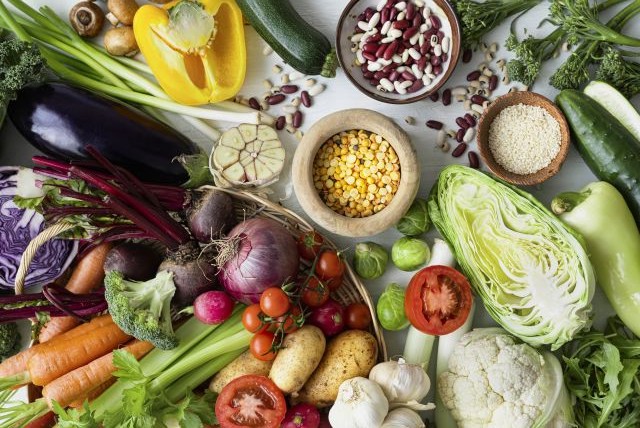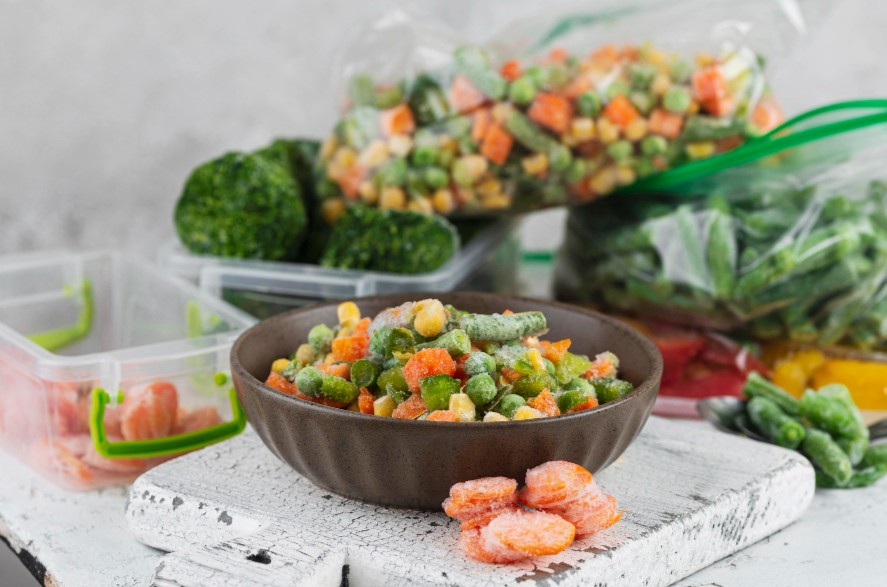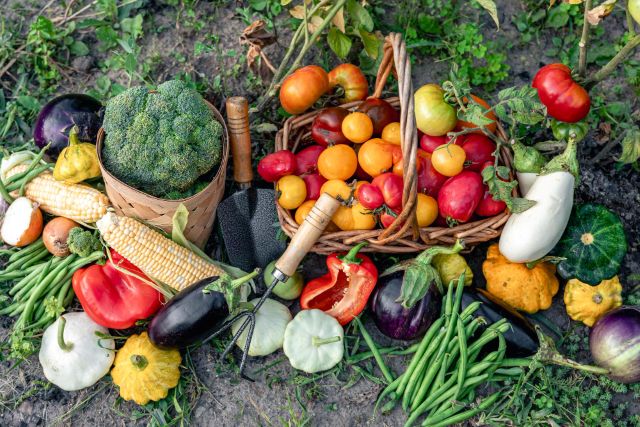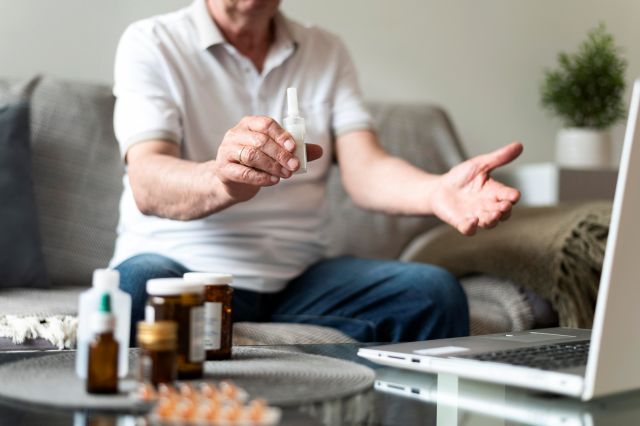Wild Game And Fish And How To Consume Them Safely, Part 2
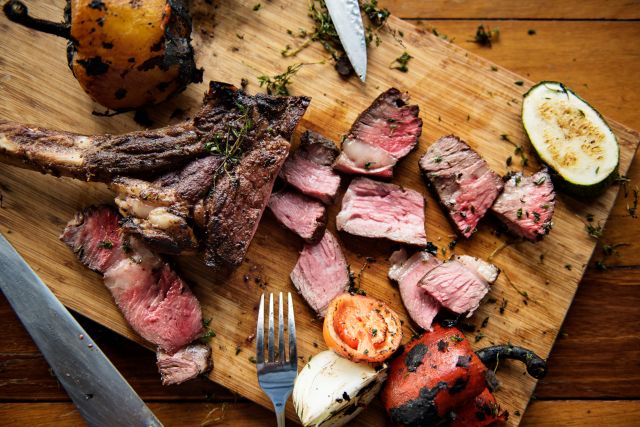
Not all infections associated with game are transmitted through consumption of meat. Some pathogens enter the body during carcass processing, through contact with blood, tissues, and animal fluids, via aerosols, or through a contaminated environment. In these cases, a person may not eat game at all and still become infected.



